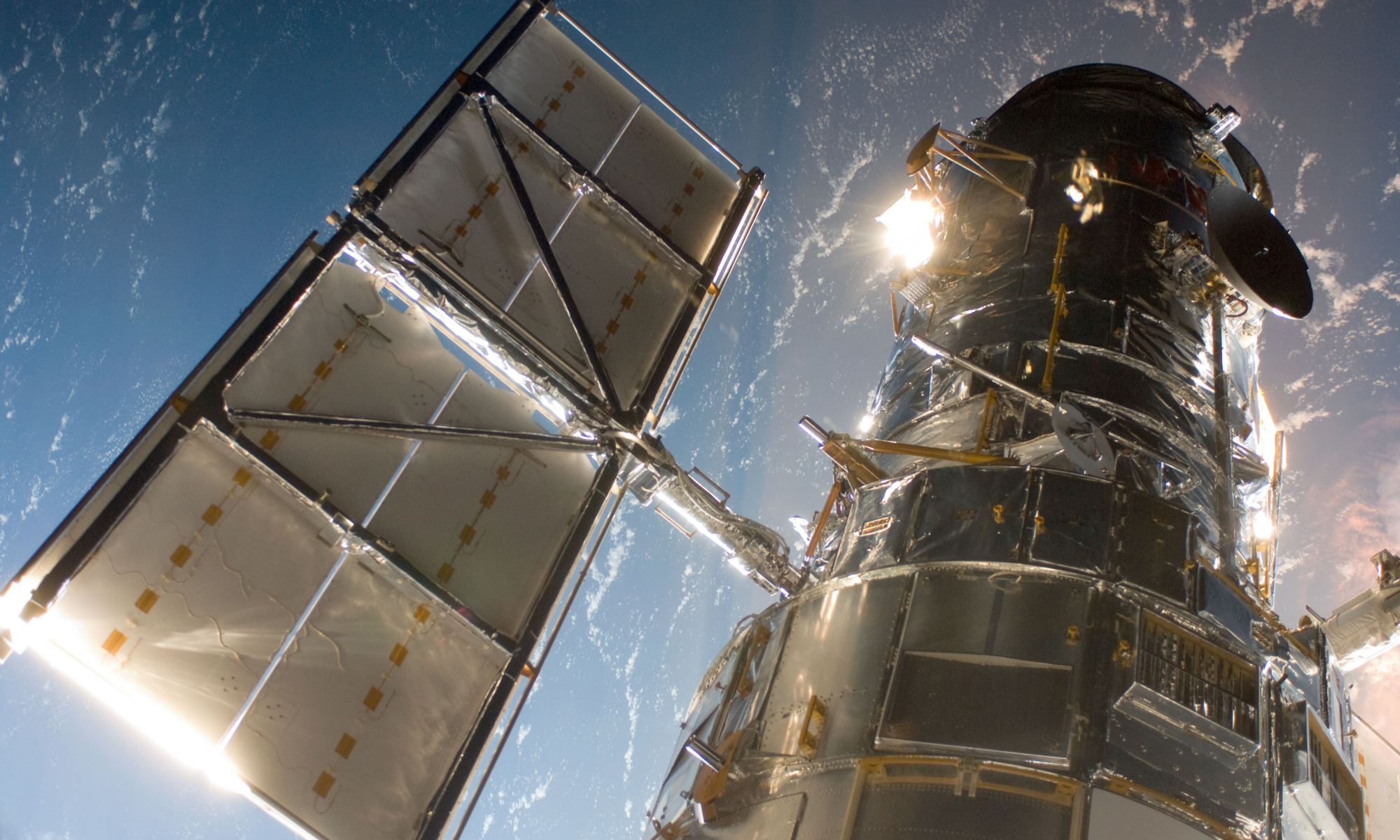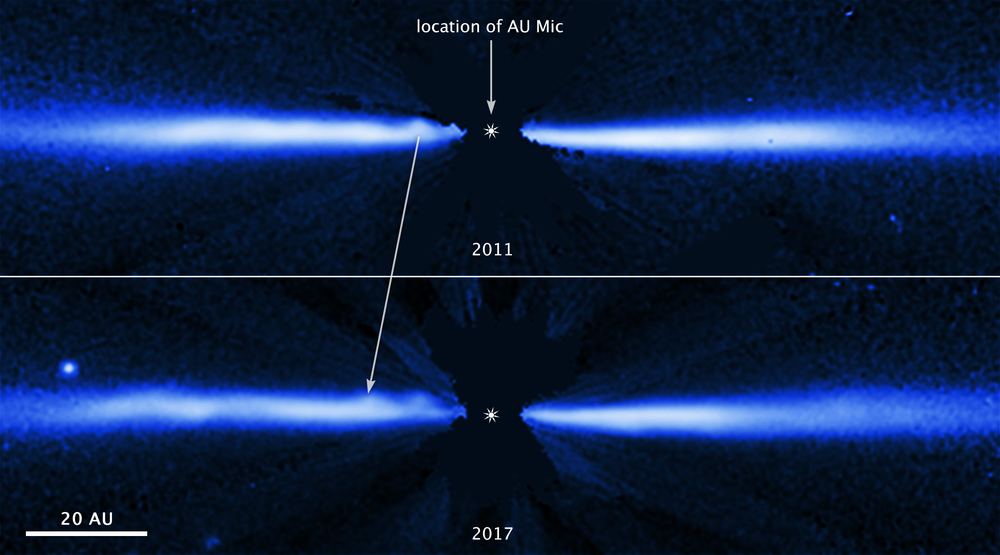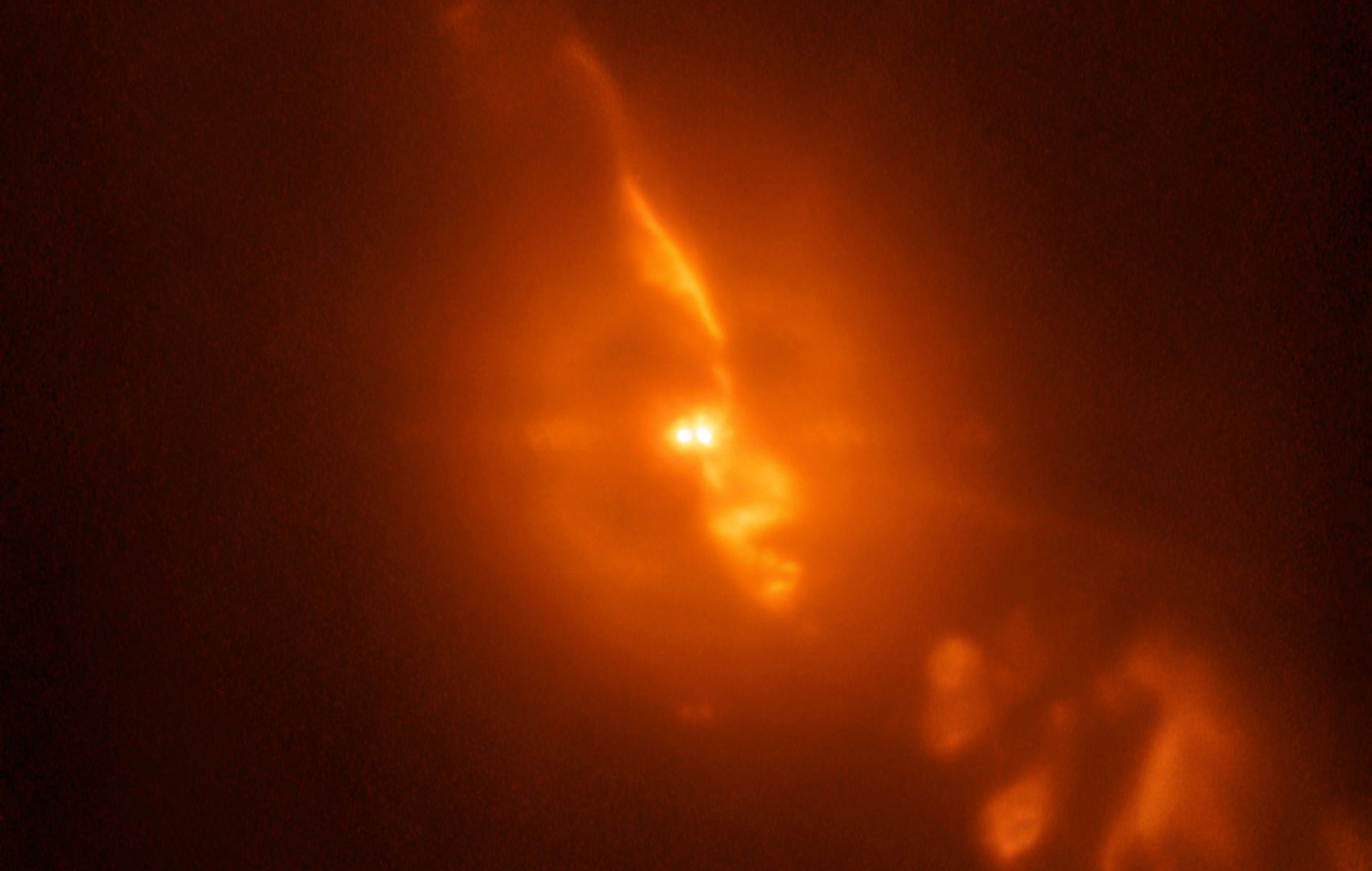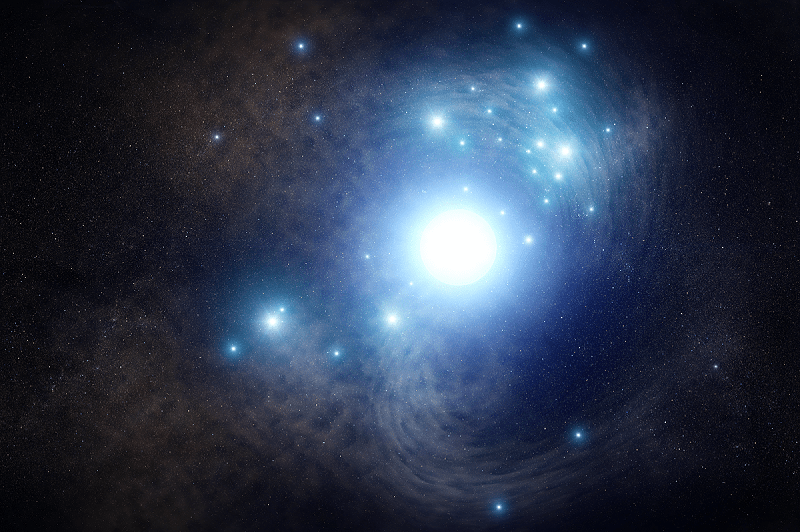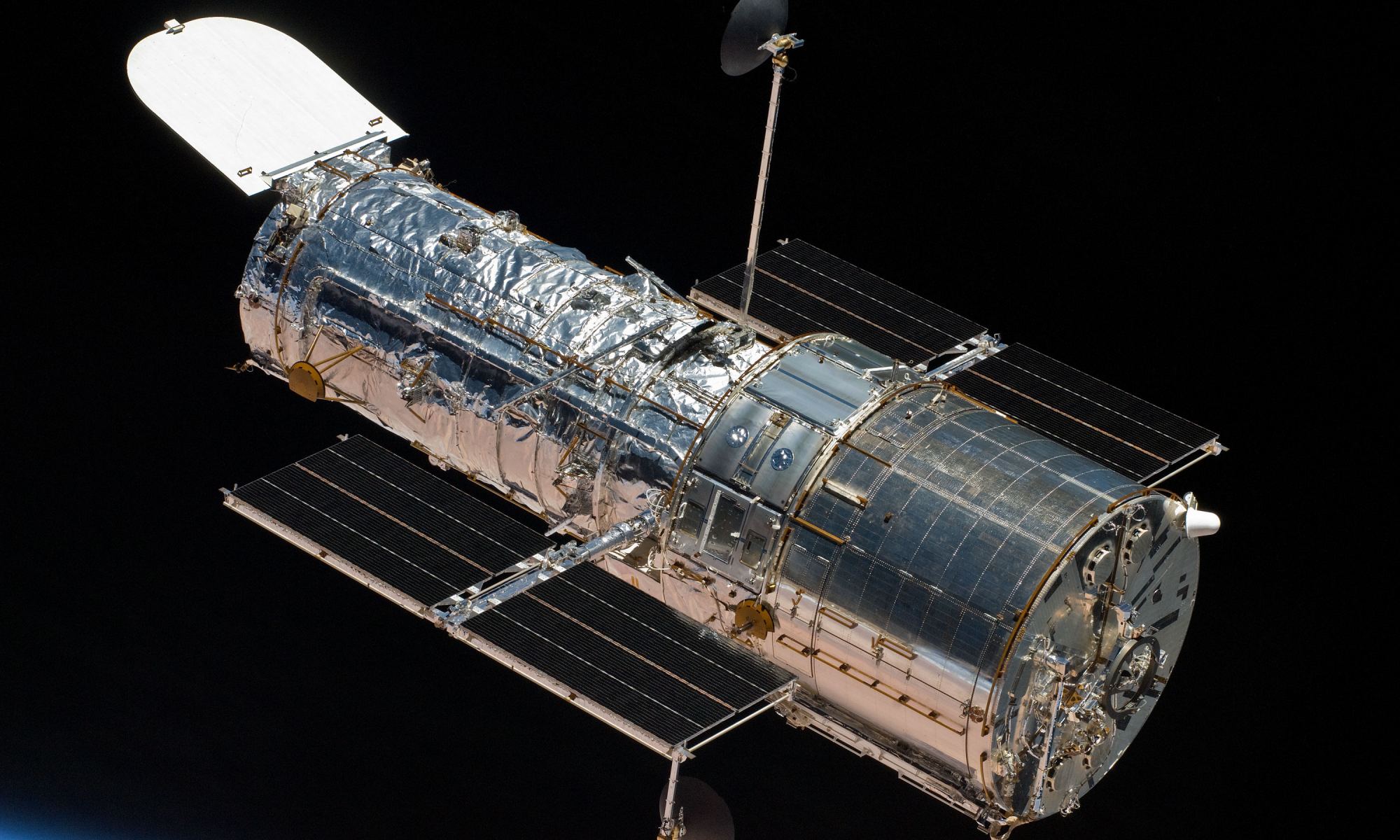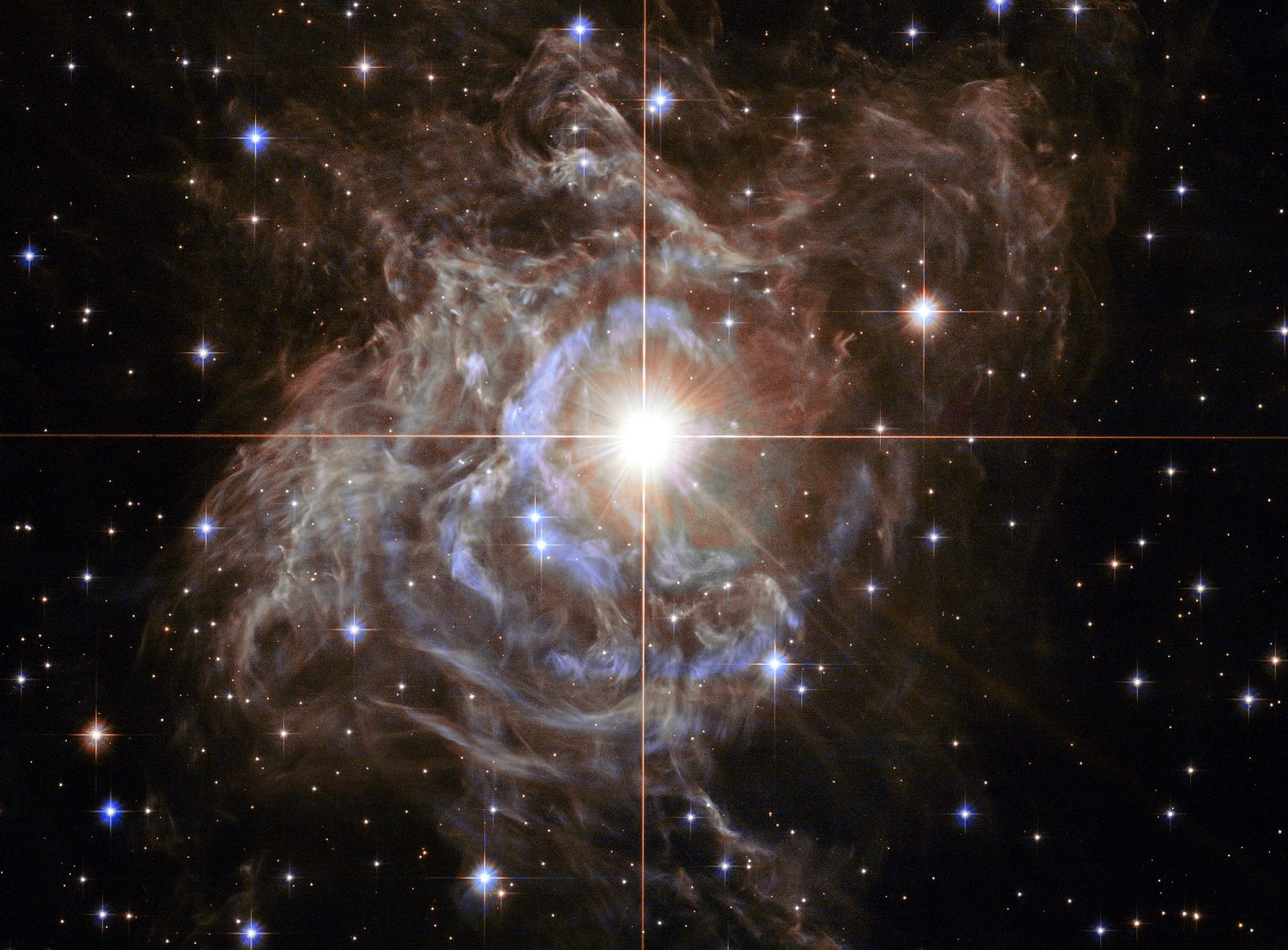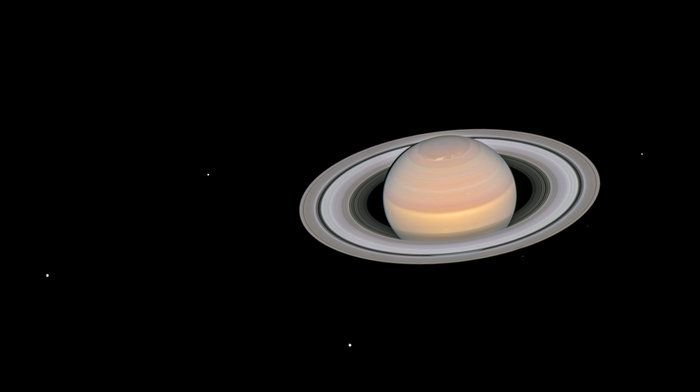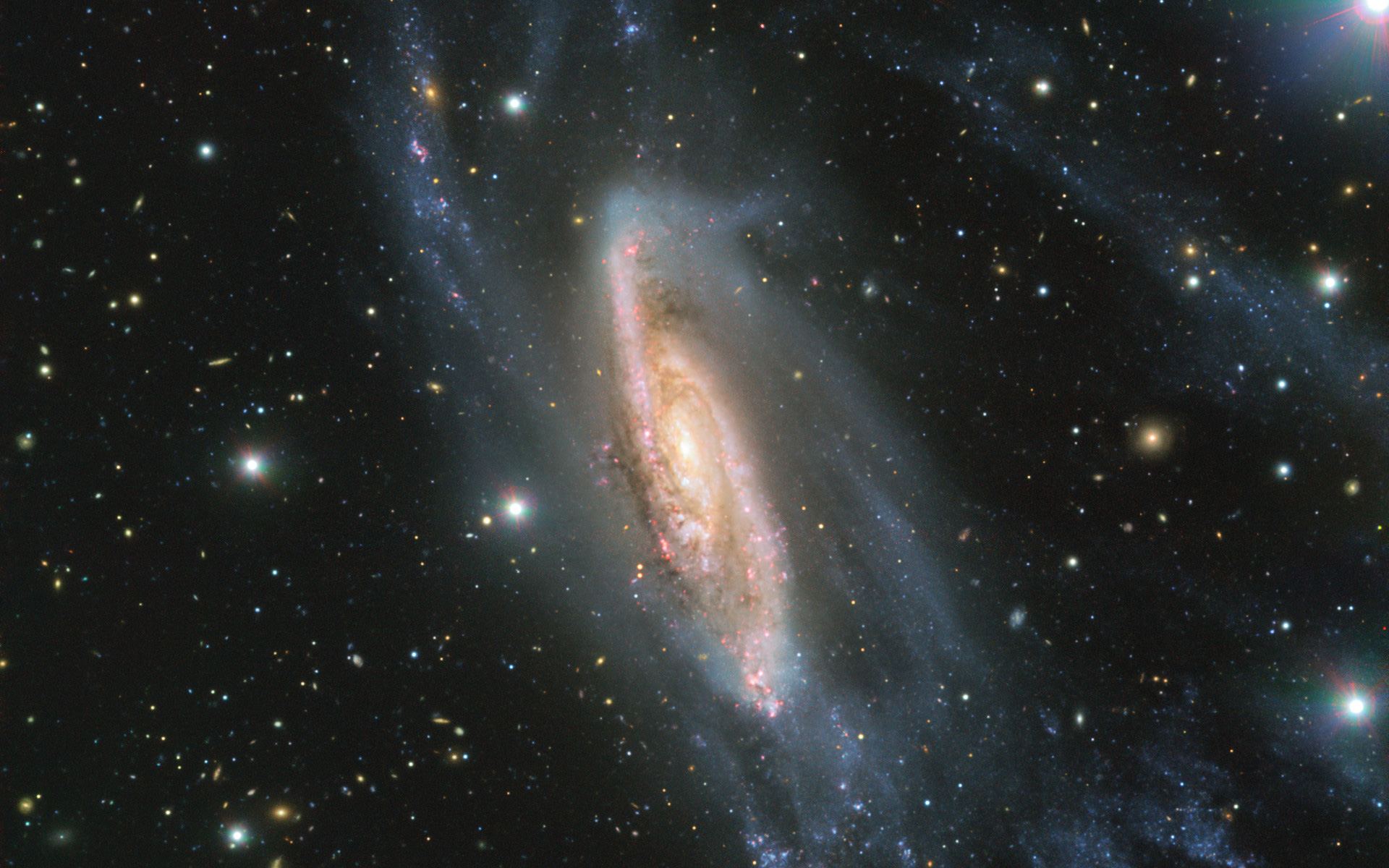On January 8th, an important piece of equipment on the Hubble Space Telescope went down. The Wide Field Camera 3 (WFC3) suspended its operations because of a hardware. The Hubble team is investigating the anomaly, and during this time the space telescope’s other instruments are working normally and continuing their science operations.
The WFC3 was installed on the Hubble in 2009. It replaced the Wide Field and Planetary Camera 2 (WFPC2). The WFC3 is the most technologically advanced instrument on the Hubble, and it has captured some of the most stunning and famous images ever captured.
Continue reading “Uh oh, Hubble’s Wide Field Camera 3 is Down”
